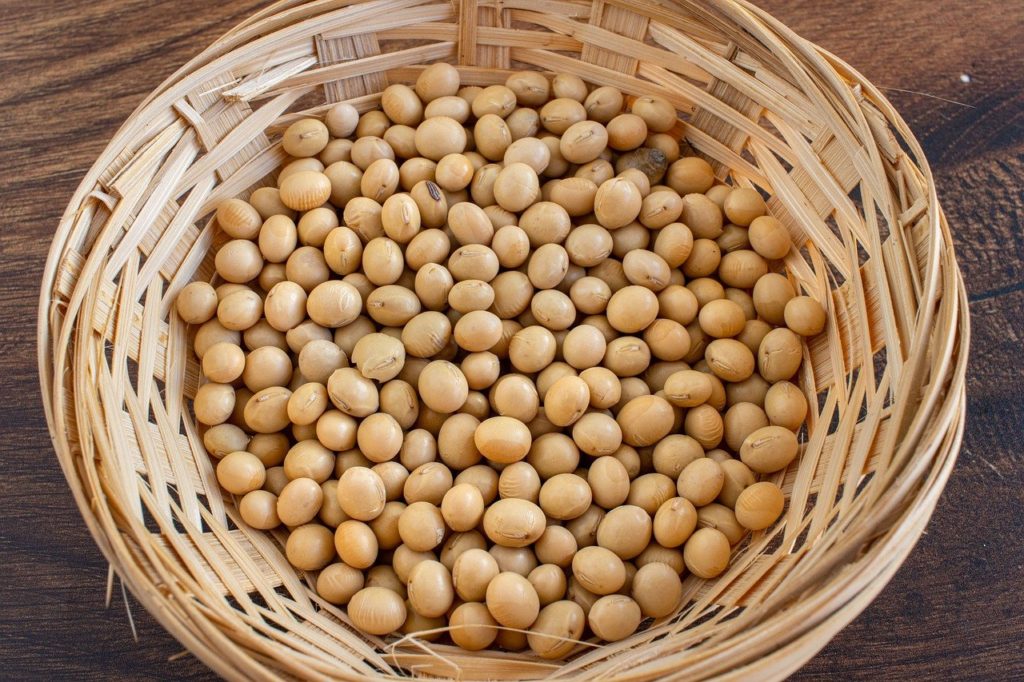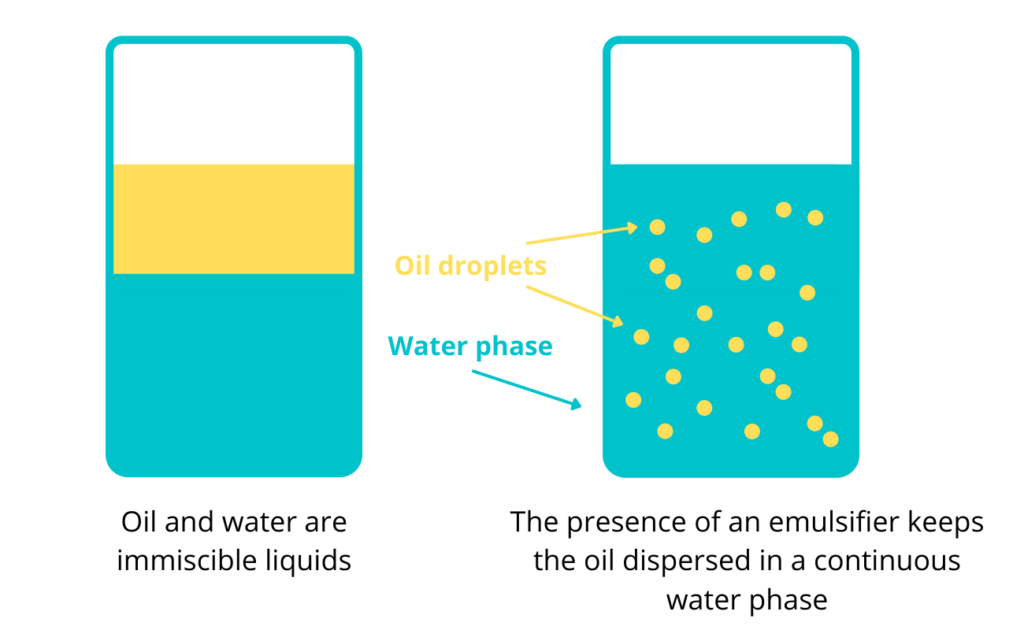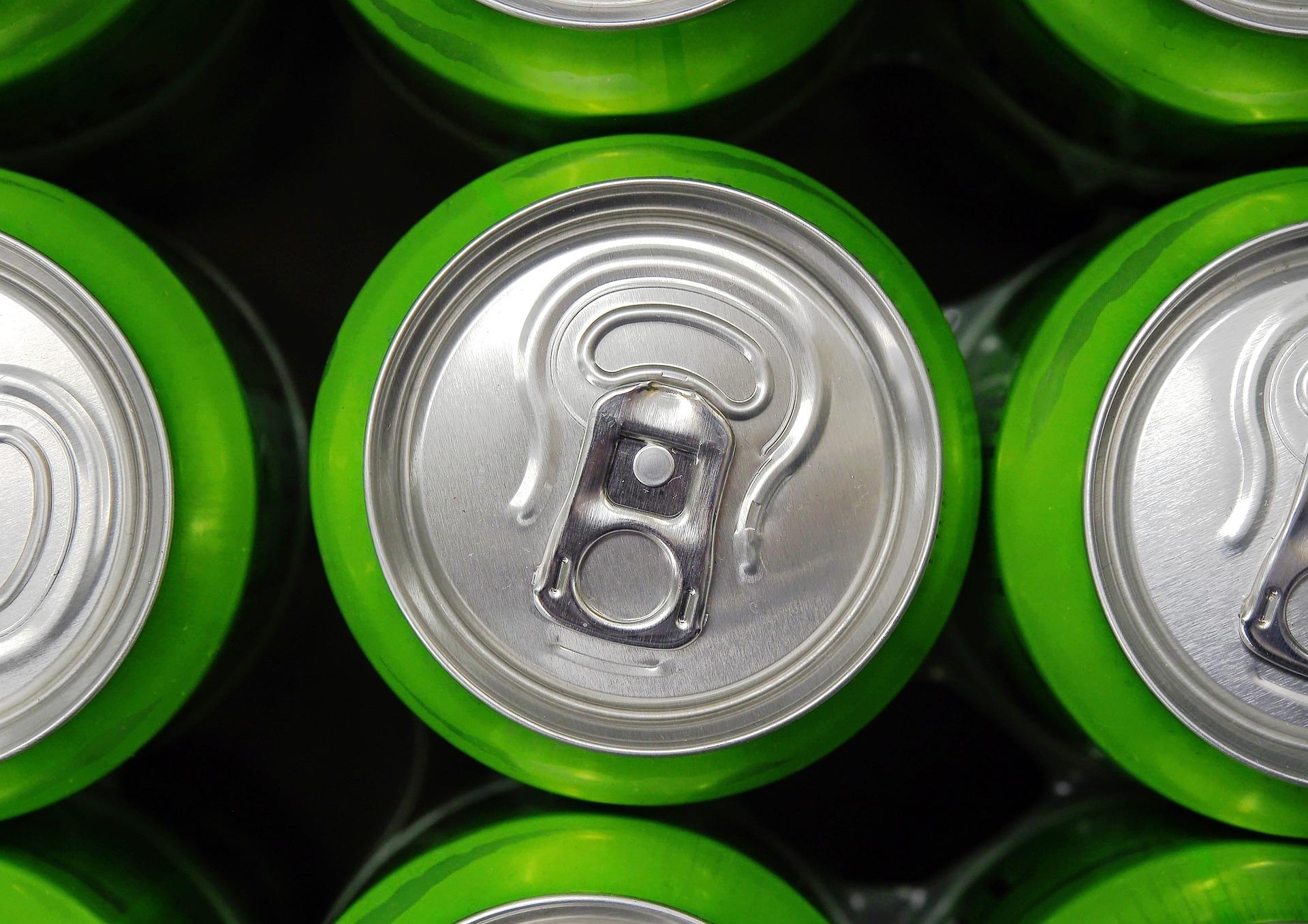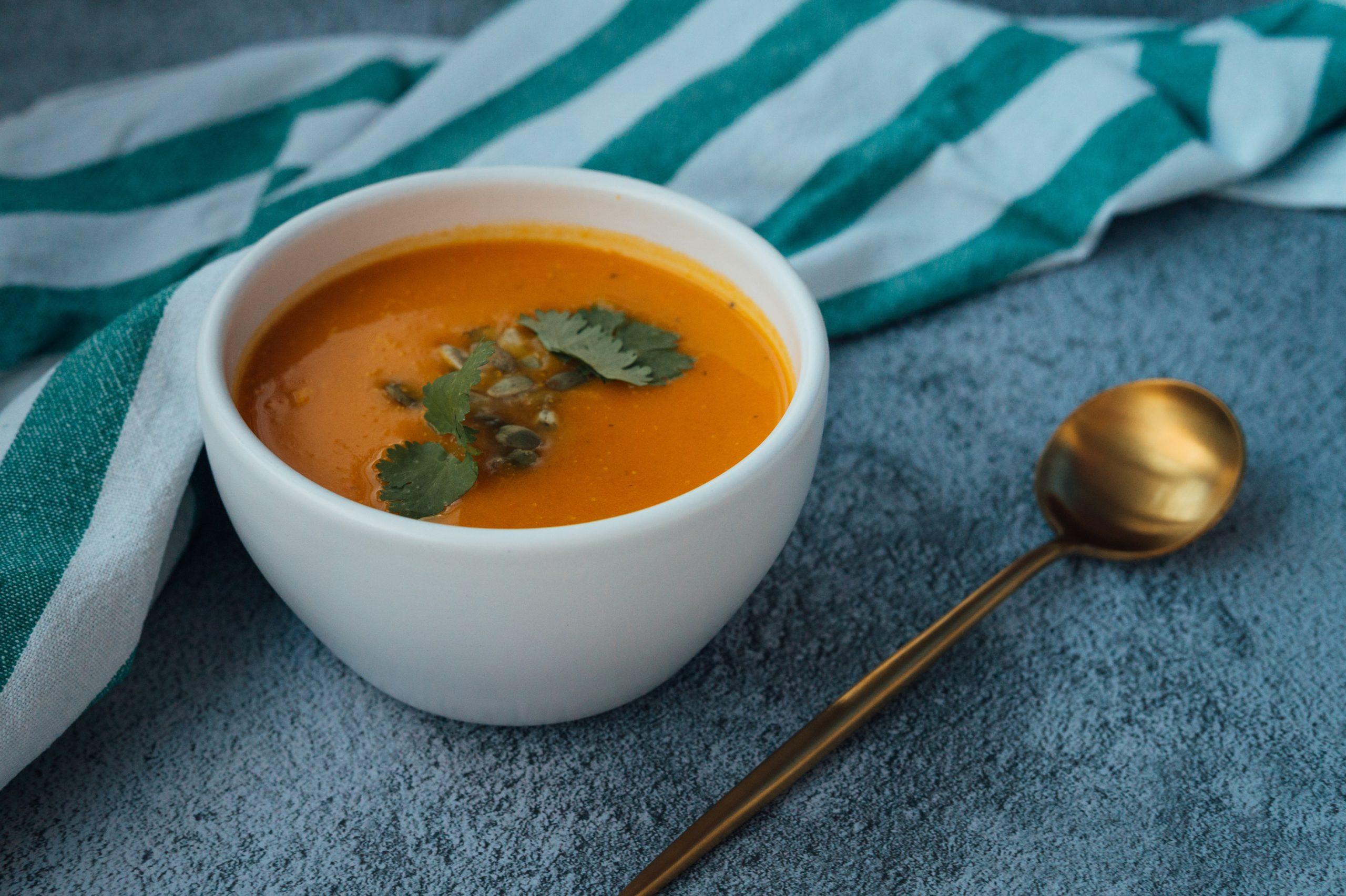
Ever wondered what lecithin is and why it’s in so many of the foods you eat? Well, you’re not alone! In this guide, we’ll take a closer look at lecithin, what it does in the world of food, how it’s used, and why it’s a big deal. Whether you’re curious about where it comes from or why it matters in the food industry, this article will give you all the lowdown you need on lecithin in your food.
WHAT IS LECITHIN?
Lecithin, derived from the Greek word “lekithos,” meaning “yolk of an egg,” is a naturally occurring compound found in foods such as soybeans, eggs, and sunflower seeds; notably, it is most commonly sourced from soybeans in commercial production.
Lecithin is primarily composed of a glycerol molecule, two fatty acid chains, a phosphate group, and a small organic molecule called choline. These components combine to form a phospholipid molecule. The fatty acid chains are hydrophobic (water-repellent), while the phosphate group and choline are hydrophilic (water-attracting). This amphiphilic nature is crucial for lecithin’s main role—as an emulsifier.
Emulsifiers help blend and stabilize ingredients that tend to separate, like oil and water. In the food industry, lecithin is widely used to improve the texture of various products, ensuring a smooth and consistent consistency. In aqueous (water-based) solutions, lecithin molecules arrange themselves at interfaces between water and hydrophobic substances (like oils or fats). The hydrophobic tails of lecithin align with the oil phase, while the hydrophilic heads interact with the aqueous phase, creating stable emulsions by preventing the separation of these immiscible substances.
Lecithin has applications in pharmaceuticals and cosmetics, in addition to its role in food production. Its emulsifying characteristics are beneficial in pharmaceutical goods because they ensure uniform distribution of active substances for optimal administration in the body. Lecithin functions as a moisturizer in cosmetics, improving skin moisture and smoothness.
In addition, lecithin has health benefits. It contains choline, a vitamin that is essential for brain function and cognitive wellness. Choline is necessary for brain health and growth because it facilitates nerve transmission and cell structure. Furthermore, lecithin aids in fat and cholesterol breakdown, promoting a healthy metabolism and potentially benefitting cardiovascular health.
USES OF LECITHIN IN FOOD PRODUCTION

The use of lecithin in food preparation provides a number of advantages that improve the overall quality and appeal of diverse goods. Its critical role as an emulsifier allows for the development of long-lasting amalgamations of substances that would otherwise segregate. Salad dressings, mayonnaise, and margarine are examples of this. These are all types of oil-in-water (O/W) emulsions. Oil is scattered as tiny droplets inside a continuous phase of water or water-based components in these emulsions. The addition of lecithin helps to keep these emulsions stable, avoiding separation and ensuring a consistent texture and taste.
An additional advantage attributed to lecithin is its remarkable capacity to enhance the texture of baked goods. Lecithin molecules have hydrophilic (water-attracting) and hydrophobic (water-repelling) ends. This unique molecular structure allows lecithin to trap and hold onto moisture. In baked goods, this means that lecithin can retain more water, preventing it from evaporating during the baking process. As a result, the final products are moister and less prone to drying out. Commercial lecithin typically consists of at least half of the oil from which it is derived, along with pure lecithin. Powdery lecithin, similarly, comprises roughly fifty percent pure lecithin.
Moreover, the use of lecithin in baking aids in extending the freshness and shelf life of the goods, ensuring they remain appealing for an extended period. As a consequence, lecithin continues to emerge as a valuable and versatile ingredient in the realm of food production.
FOODS THAT CONTAIN LECITHIN
Lecithin is a frequent inclusion in processed foods that often appear under variations like “soy lecithin” or “sunflower lecithin” based on its source when used as an ingredient, rather than being explicitly listed as “lecithin.”
Here are the foods that commonly contain lecithin as one of their ingredients:
- Bakery Products: Lecithin is frequently used in baked goods like bread, cakes, and pastries to improve dough handling, increase moisture retention, and extend freshness. It contributes to the softness and uniform texture of bread while preventing staling.
- Chocolate and Confectionery: Lecithin is a staple in the chocolate and confectionery industry. It ensures a smooth texture in chocolates, prevents cocoa and fats from separating, and enables the even distribution of ingredients like cocoa solids and milk. It also prevents bloom formation.
- Salad Dressings: Salad dressings often contain lecithin to create stable emulsions. It prevents the separation of oil and vinegar, ensuring a consistent texture and taste.
- Processed Meats: Lecithin is used in processed meat products like sausages and hot dogs to improve texture, moisture retention, and binding of ingredients.
- Dairy Alternatives: Non-dairy milk alternatives like soy milk often contain lecithin to prevent separation and provide a creamier consistency.
- Instant Foods: Many instant foods, such as instant soups and sauces, use lecithin to ensure rapid and complete dispersion of ingredients when mixed with water.
- Frozen Desserts: Lecithin can be found in ice creams and frozen desserts to enhance creaminess, minimize ice crystal formation, and improve the overall eating experience. In chocolate ice cream, a typical formula contains 0.5 of lecithin by weight %.
- Snack Foods: Some snack foods, such as potato chips and crackers, may contain lecithin to create a desirable texture and mouthfeel.
IS LECITHIN SAFE TO CONSUME?
Respected regulatory bodies like the European Food Safety Authority (EFSA) and the United States Food and Drug Administration (FDA) have assessed that adding lecithin to food is safe. These authorities thoroughly evaluate the properties and uses of lecithin to ensure it poses no harm when included in various food products.
The majority of people face little risk when consuming foods containing lecithin. In fact, EFSA has determined that lecithins do not require a numerical Acceptable Daily Intake (ADI). Furthermore, based on a refined exposure assessment of reported uses of lecithins as a food additive, there are no safety concerns for the general population aged one year and above. In the United States, the FDA has specified that the only restriction on lecithin’s use in food is adherence to current good manufacturing practices. Lecithin’s safety has also been evaluated by other regulatory bodies, all of which have concluded that it is safe to consume at recommended doses.
However, caution is advised for individuals with soy or egg sensitivities. While allergenic proteins are typically removed during lecithin processing, small traces may persist, potentially triggering an allergic reaction in sensitive individuals. The severity of these reactions can vary based on sensitivity levels, ranging from mild symptoms like itching and hives to more severe ones such as difficulty breathing or anaphylaxis. To prevent potential adverse reactions, it is important to carefully read ingredient labels and, if necessary, consult with medical professionals before including lecithin-containing foods in their diet, especially if they have known allergies.
References:
V. Vaclavik, E. Christian (2014). Essentials of Food Science (4th edition). Springer.
W.Zhou, Y. H. Hui (2014). Bakery Products Science and Technology(2nd Edition). John Wiley & Sons, Ltd.
M. Wallert, K. Colabroy, B. Kelly, J. Provost (2016). The Science of Cooking: Understanding The Biology And Chemistry Behind Food And Cooking. John Wiley & Sons, Inc..
M. Gibson (2018). Food Science and the Culinary Arts. Academic Press.
R. Winters. Dictionary of Food Additives (7th edition). Three Rivers Press.


